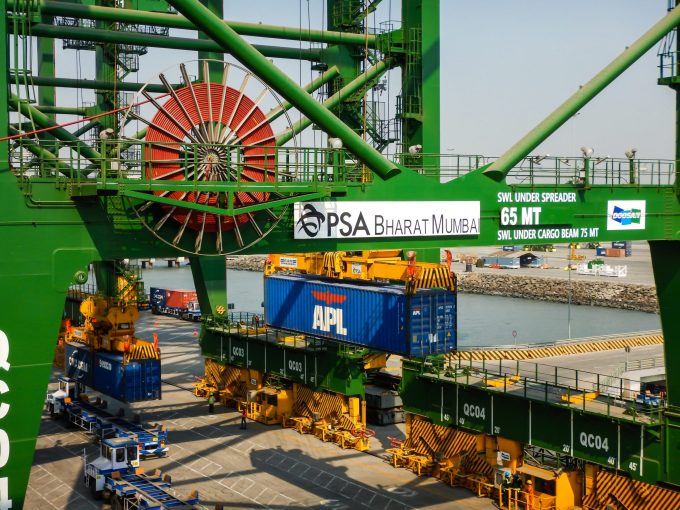Political fallout may delay Panama Ports Co sale to BlackRock-TiL
Tomorrow’s deadline for CK Hutchison to sell its 90% stake in Panama Ports Company (PPC) ...

Ocean service network changes, ostensibly prompted by the upcoming Gemini Cooperation between Maersk and Hapag-Lloyd, have begun to unsettle terminal arrangements in India.
In a first sign of this, from mid-month Hapag-Lloyd’s premier India-North Europe service, known as IOS, will switch its weekly calls from DP World Nhava Sheva (NSIGT) to APM Terminals’ Mumbai or Gateway Terminals India (GTI).
The terminal reshuffle follows the German carrier implementing an updated port rotation for IOS, featuring Jebel Ali, Karachi, Nhava Sheva, Mundra, Tanger, Rotterdam, ...
Volcanic disruption at Anchorage could hit transpacific airfreight operations
Macron calls for ‘suspension’ – CMA CGM's $20bn US investment in doubt
Forwarders stay cool as US 'liberation day' tariffs threaten 'global trade war'
De minimis exemption on shipments from China to the US will end in May
Shippers snap up airfreight capacity to US ahead of tariff deadline
Tighter EU import requirements proving 'a challenge' for forwarders
Looming Trump tariffs will create 'a bureaucratic monster' for Customs

Comment on this article